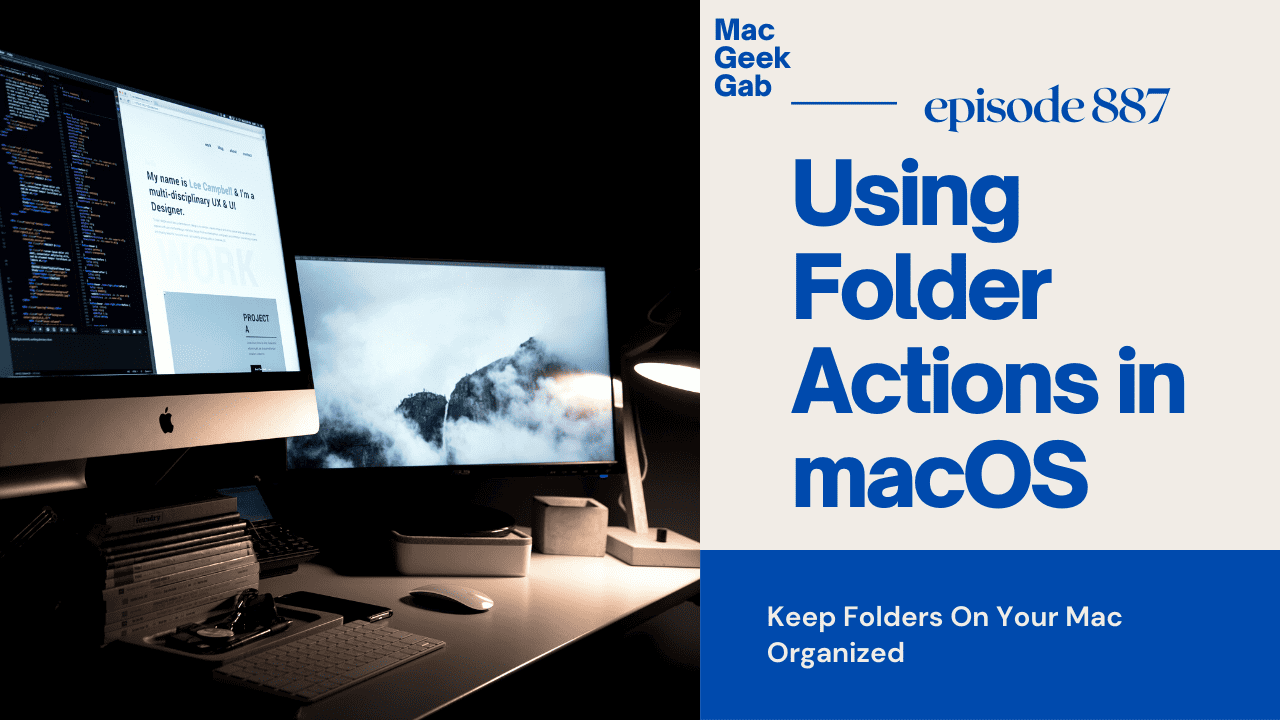
Less experienced users may find it slightly intimidating, but geeks and old hands looking to do more with the desktop will find it utterly compelling.
GEEK TOOLS MAC DESKTOP MAC
Transform your Mac desktop with the help of this utterly brilliant tool.
GEEK TOOLS MAC DESKTOP HOW TO
You can also download example Geeklets from an official repository - just click the "Where do I start?" link to discover how to use them. It can be a little daunting getting started with GeekTools, so make sure you familiarise yourself with its capabilities and follow some tutorials at the GeekTools wiki, where you'll also find links to other websites showing off GeekTool to its best. Geeklets can be placed into multiple groups, ensuring core ones are always displayed. Want more inspiration Browse our search results. Geeklets can be organised into different groups – this allows you to select or de-select entire groups of Geeklets to show or hide them. Inspirational designs, illustrations, and graphic elements from the worlds best designers. Geeklets are actually placed in the layer between the actual desktop background and the Finder icons – to place them on the top-most layer so they're always visible, just tick “Keep on top”. When you're done customising your Geeklet, just click away from the GeekTools Preferences pane to hide its Preferences panel and see how it appears on-screen. The Shell option is potentially the most powerful, as it allows you to use Unix commands to display information on your desktop – for example, type “date” into the Command box to display the date and time, then use the controls to customise how it looks and appears on-screen.

GEEK TOOLS MAC DESKTOP FULL
Each works in a slightly different way – for example, the File template is designed to let you display the contents of a specific file (typically something that updates regularly, like a log file), while Image can be used to display graph data from specific systems, an image from a public website (like a webcam) or simply an image file or folder full of images from your hard drive. Double-click on Macintosh HD - or in the Finder menu click File > New Finder Window 2. Instructions below are for 10.11.x (El Capitan) and 10.12.x (Sierra) 1. GeekTool installs itself as a Preferences pane: once in place, launch the tool and you'll find three icons ready and waiting for you: File, Image and Shell. How do I format my device using a Mac computer WARNING: Formatting will erase all data on the device.

There are times when it is needed to change MAC address to resolve problems related to connectivity or to fix any broken network path. These Geeklets are then placed on your desktop where they can be easily customised in terms of appearance according to your individual whim. MAC address stands for Media Access Control or a physical address to identify any devices connected to the internet.The sole purpose of the MAC address is for identification of the device which is accessing the World Wide Web. It's designed to let you create customised widgets – or “Geeklets” as GeekTool likes to call them – containing all kinds of information. If you're in the camp that finds it useful to scatter these tiny panes of information across your desktop, then the GeekTool will be up your street. Widgets: you either love 'em or hate 'em.


 0 kommentar(er)
0 kommentar(er)
